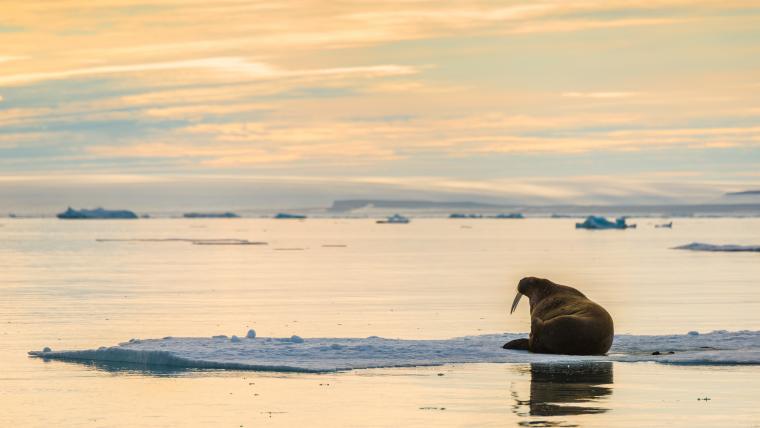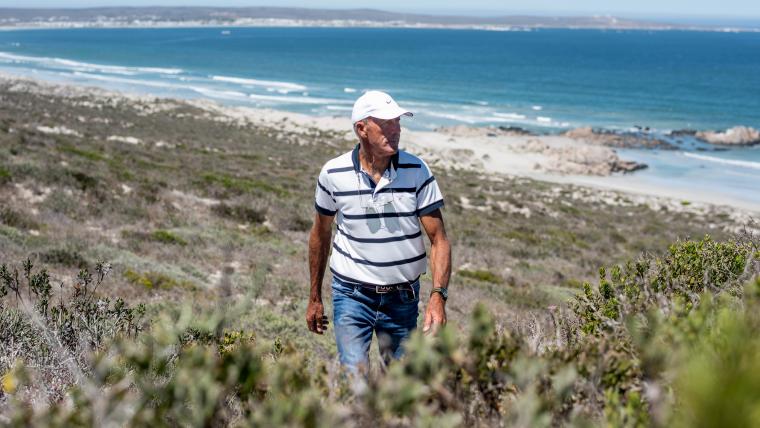
Why these gentle giants of the Arctic are wobbling on thin ice
A roar echoes off the icebergs of the Arctic. It’s a battle cry – the fight is on between two male walruses. Against the frosty wind, they gash one another with their enormous tusks, asserting dominance over their territory. This could be a brawl to the death. But the thunder of cracking ice throws them off, and both scurry for the cover of the sea. While this contest may be paused, the animals are facing an even longer war with an enemy they can’t see. Due to human activity, their icy homes have started to melt.
As we continue to pollute the earth with greenhouse gases, our planet is heating up. This change in temperature is causing natural habitats to gradually disappear. Walruses are built to live on ice floes and swim in freezing waters. Wrapped in a layer of blubber, they keep warm even while chilling out in negative temperatures. The floes are the ideal place to forage from, their resting zone, and where mothers nurse their young. But with this territory disintegrating, many have begun to take up residence on beaches around the Arctic region.
These animals are fiercely protective of their home – except if something scares them. When frightened, thousands of walruses crush each other in their haste to reach safety. As they run out of space, these stampedes become more frequent, with walruses killed in the commotion. The IUCN currently lists them as vulnerable, and our actions place walruses at increasing risk. Their only means of protection are their tusks and blubber. But by being more conscious of our impact, we can give these gentle giants the chance to survive.
Footage by Shannon Wild was used in the creation of this film.






























Please sign in to leave a comment